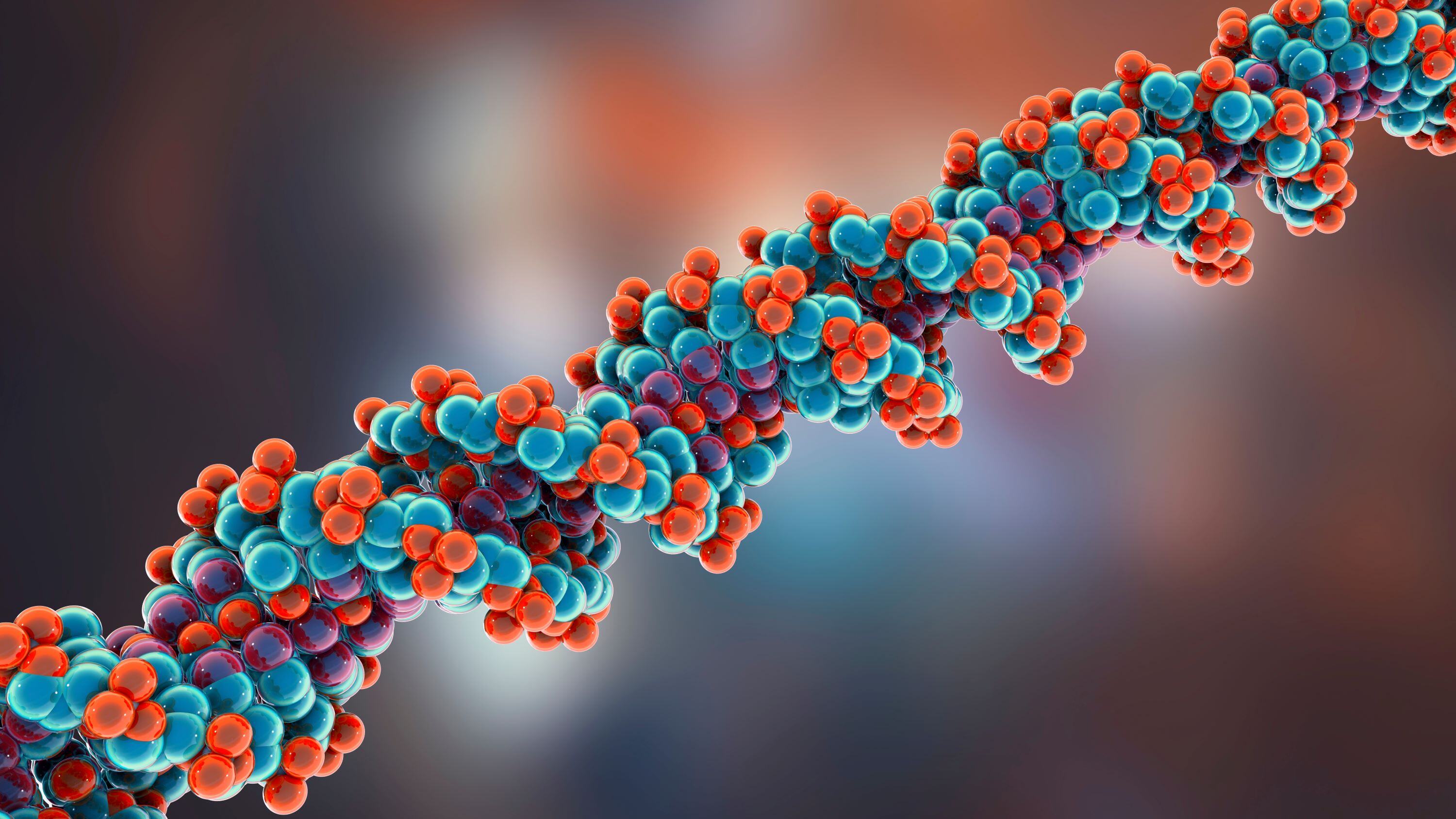
As one of the largest and fastest-growing life sciences markets in the world, China is m...
Nov 21, 2025

In business and forensics, the most challenging questions rarely come with straightforwa...
Oct 27, 2025
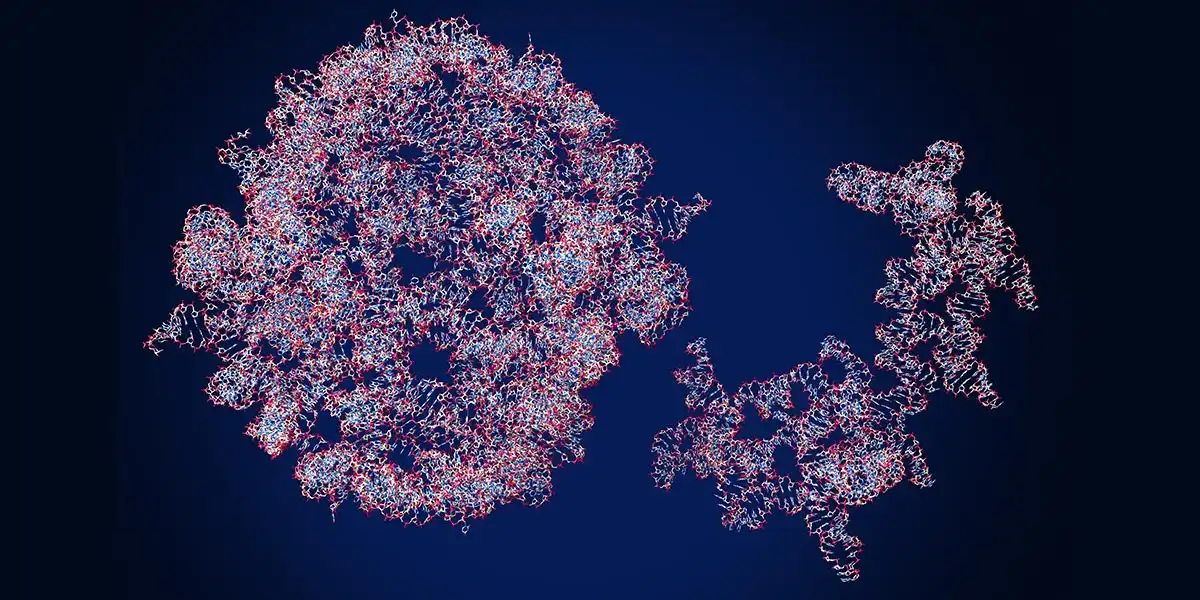
Messenger RNA (mRNA) therapeutics have revolutionized healthcare, transitioning from a n...
Oct 17, 2025

Bioseparation the set of technologies that isolates and purifies biological molecules su...
Oct 10, 2025

Imagine if doctors could predict diseases before they start. Or if scientists could trac...
Aug 25, 2025
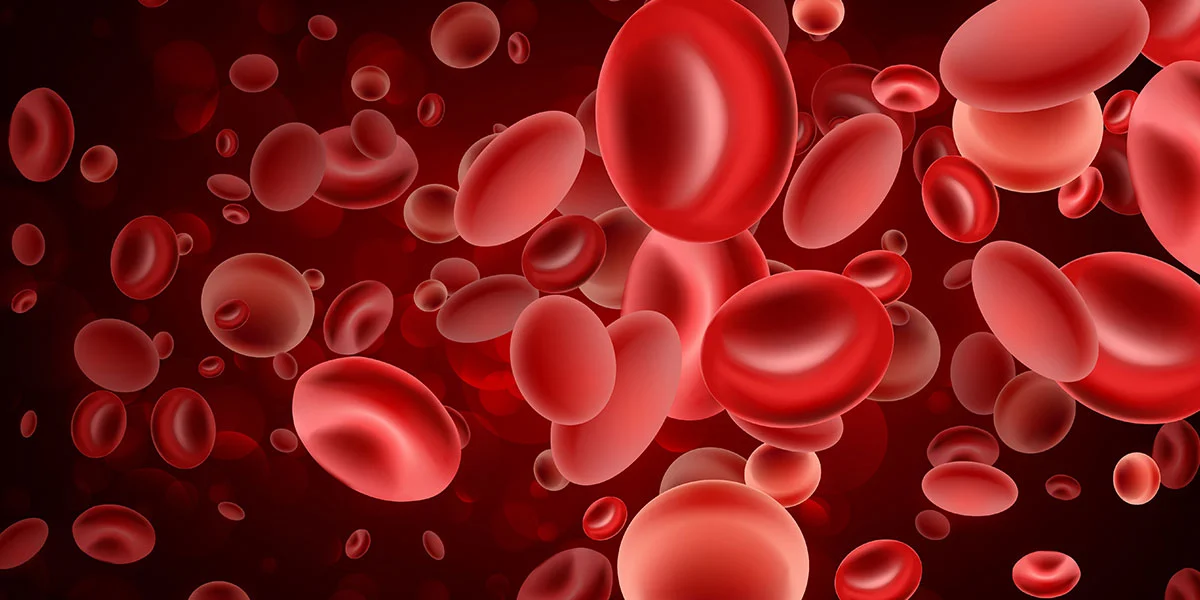
The global blood platelet market is experiencing significant growth, driven by the risin...
Aug 14, 2025
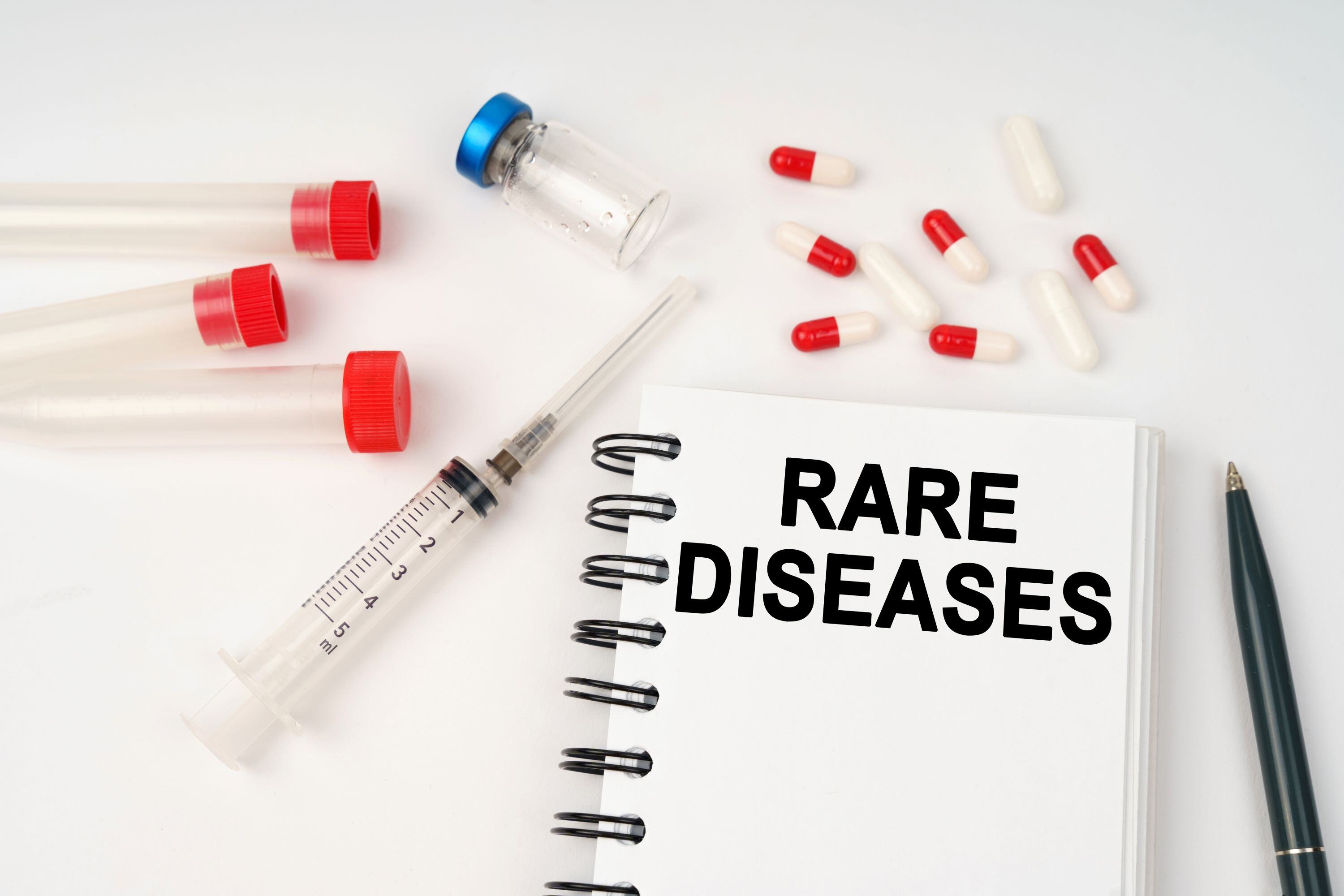
Digestive health disorders such as irritable bowel syndrome (IBS) and inflammatory bowel...
Aug 13, 2025
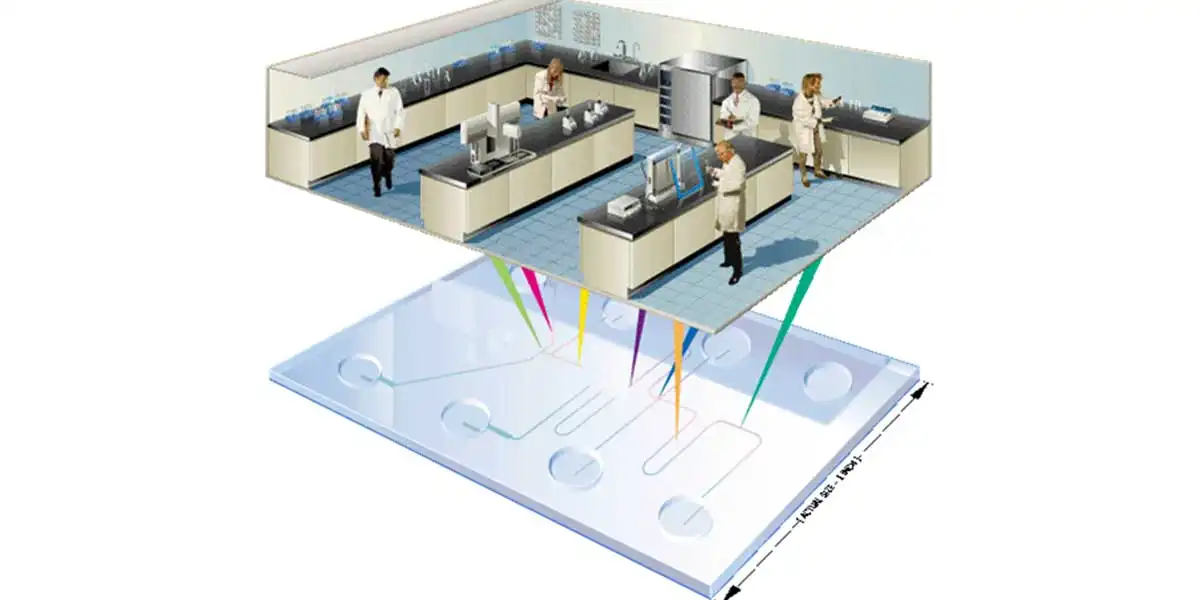
The global healthcare industry is rapidly transforming, driven by technological innovati...
Aug 7, 2025
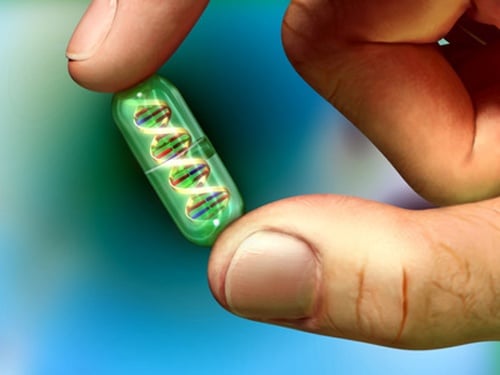
Introduction In a world where technology and health are becoming increasingly intertwine...
Jul 30, 2025
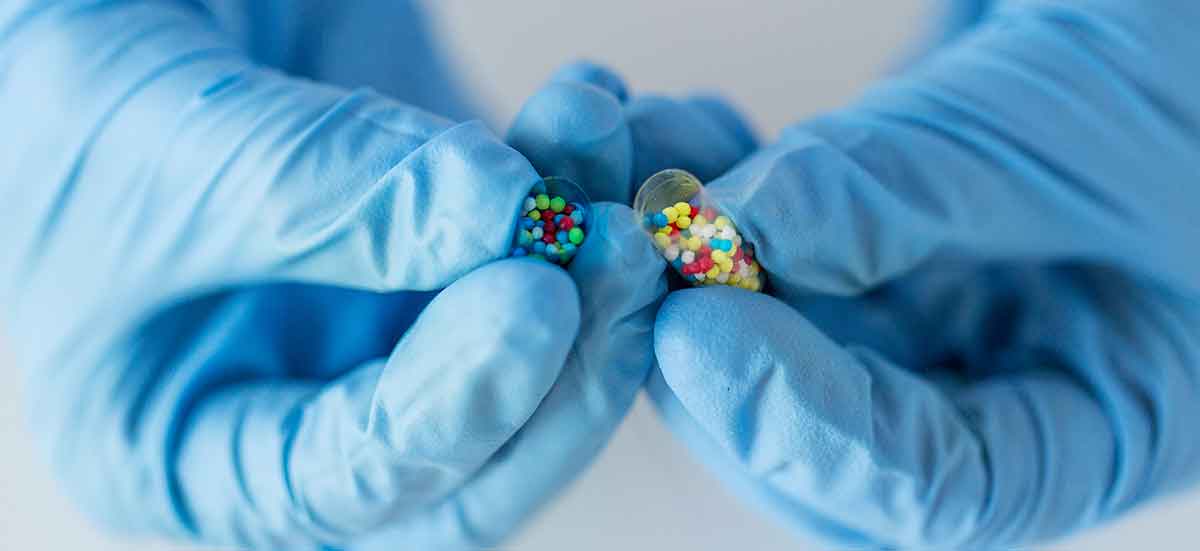
What if the secret to treating chronic diseases and improving overall health isn’t synth...
Jul 29, 2025
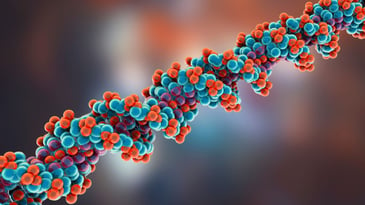
As one of the largest and fastest-growing life sciences markets in the world,

In business and forensics, the most challenging questions rarely come with

Messenger RNA (mRNA) therapeutics have revolutionized healthcare, transitioning

Bioseparation the set of technologies that isolates and purifies biological

Imagine if doctors could predict diseases before they start. Or if scientists

The global blood platelet market is experiencing significant growth, driven by

Digestive health disorders such as irritable bowel syndrome (IBS) and
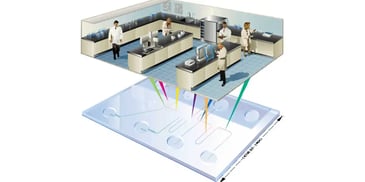
The global healthcare industry is rapidly transforming, driven by technological

Introduction In a world where technology and health are becoming increasingly

What if the secret to treating chronic diseases and improving overall health

Our members get more out of BCC Research. Understand the exact value that our flexible memberships provide, including unlimited report access from the collections of your choice and direct input into our selected research topics.

Work side-by-side with our global network of industry analysts and consultants to drive tangible, personalized results for your business. Expect detailed, comprehensive coverage tailored to your exact needs. Contact a member of our team today.

We pride ourselves on the quality of our market research reports. Our experienced team of analysts strive to continuously explore the latest technologies and developments emerging across all key categories covered at BCC Research. Browse our range of research reports today.

We are your trusted research partner, providing actionable insights and custom consulting across life sciences, advanced materials, and technology. Allow BCC Research to nurture your smartest business decisions today, tomorrow, and beyond.
Contact UsBCC Research provides objective, unbiased measurement and assessment of market opportunities with detailed market research reports. Our experienced industry analysts assess growth opportunities, market sizing, technologies, applications, supply chains and companies with the singular goal of helping you make informed business decisions, free of noise and hype.